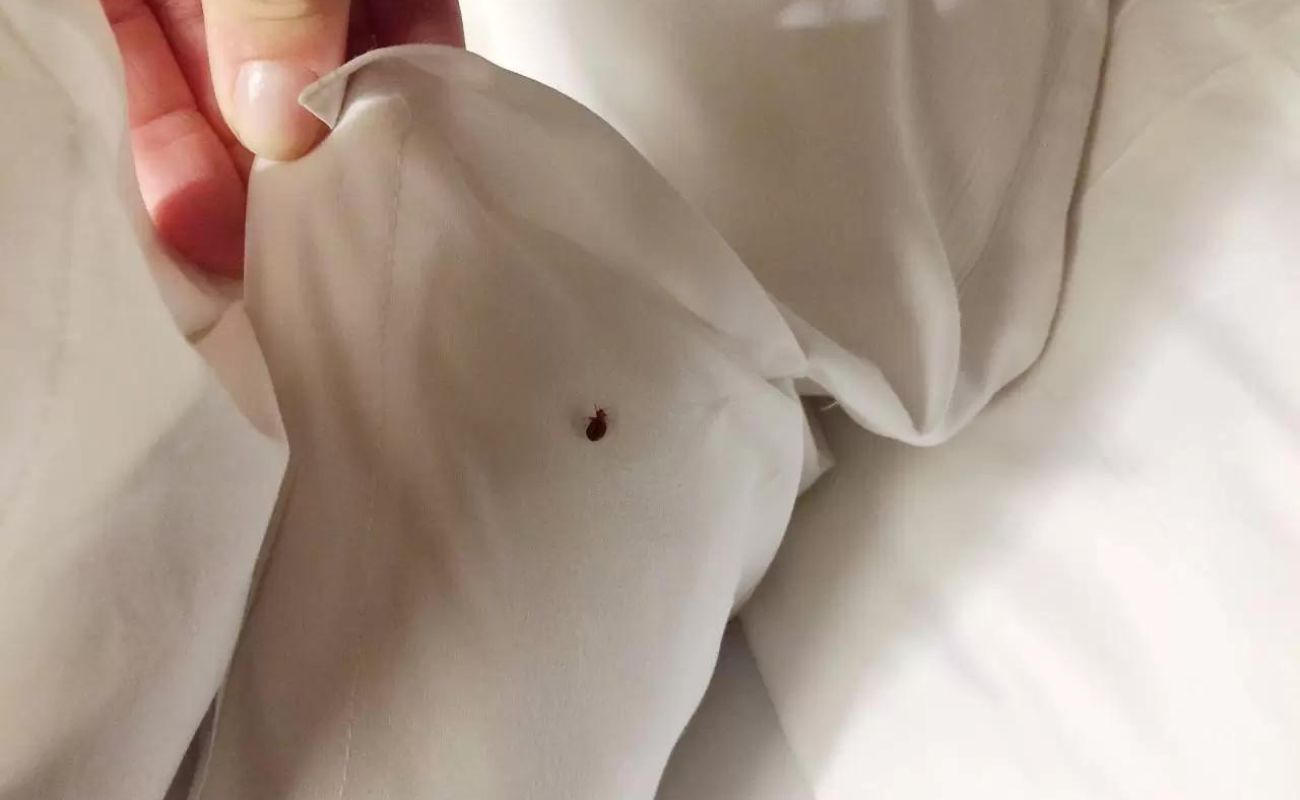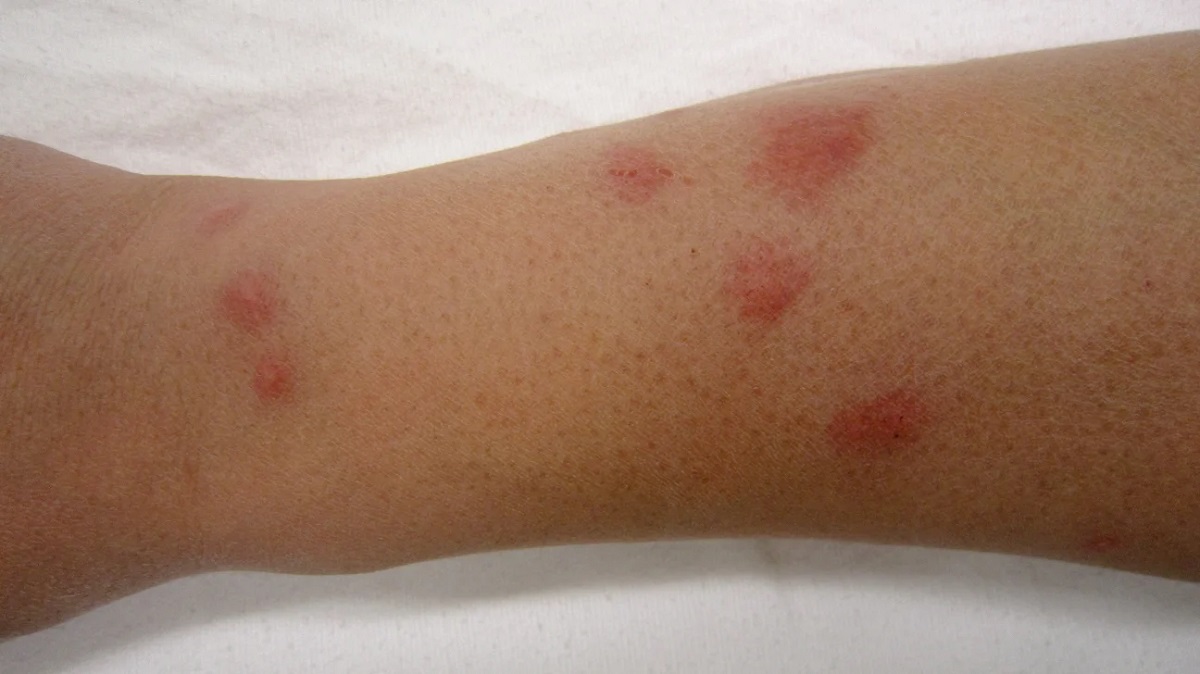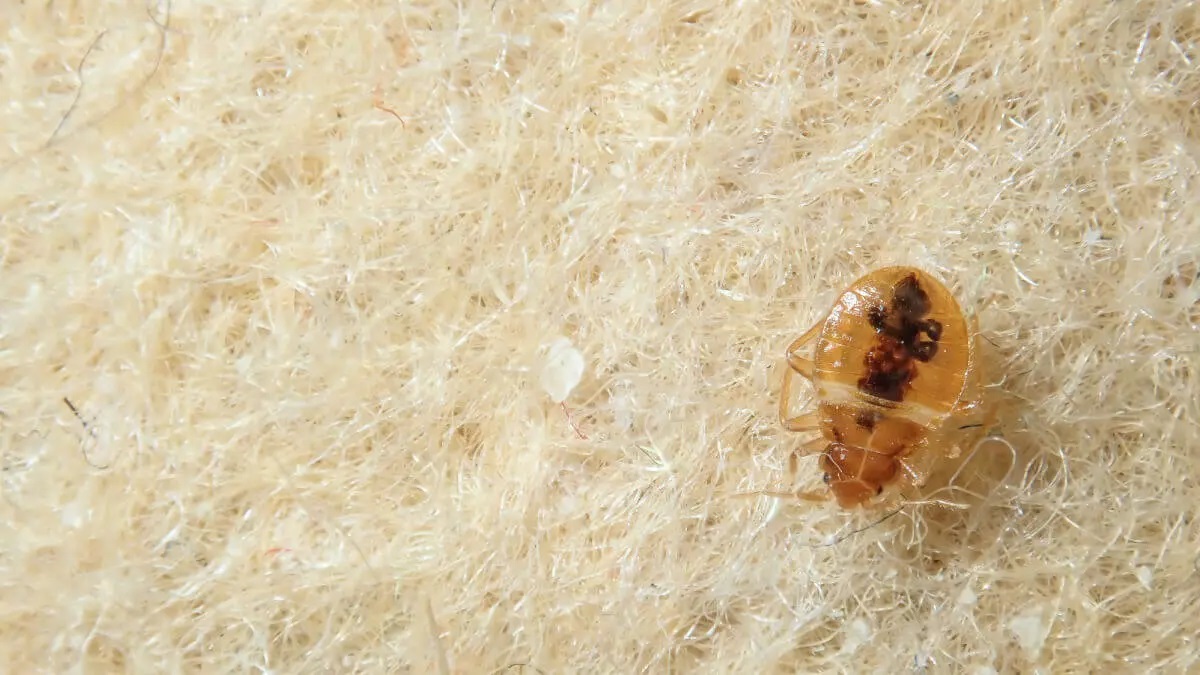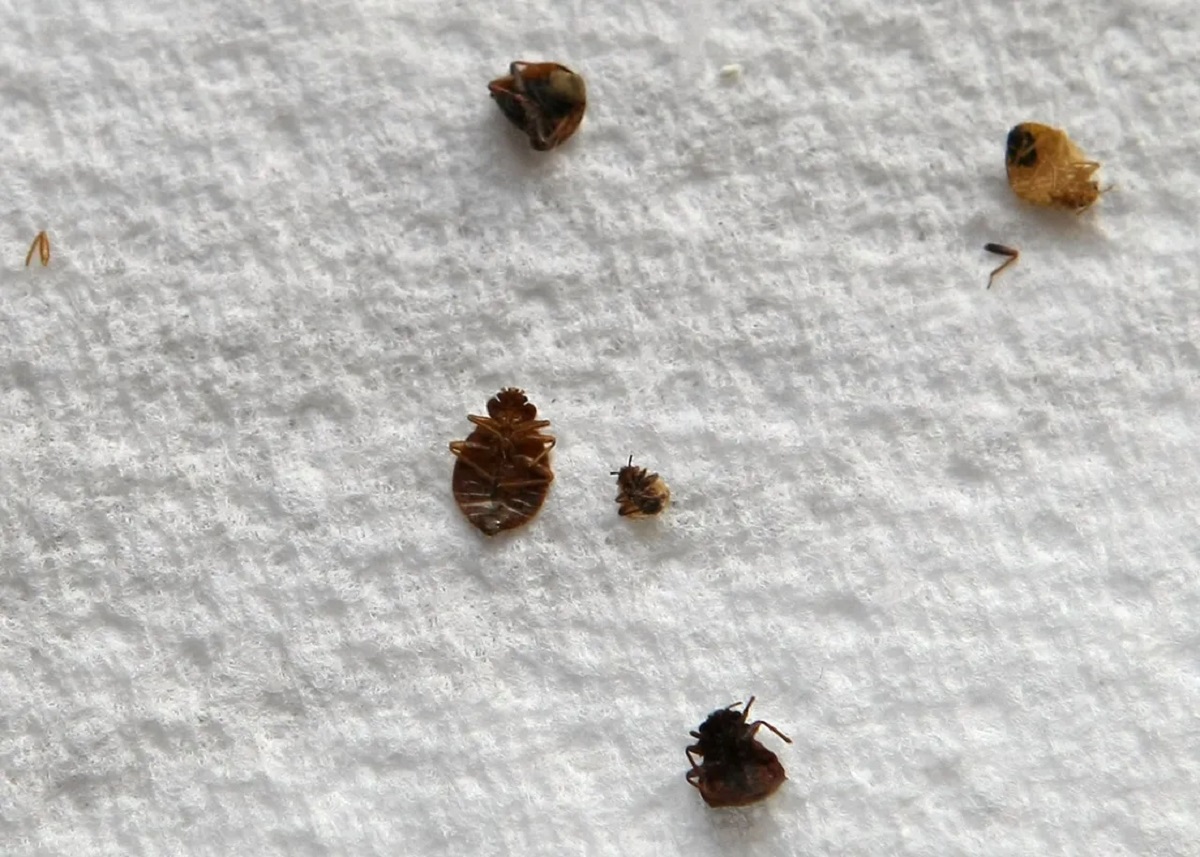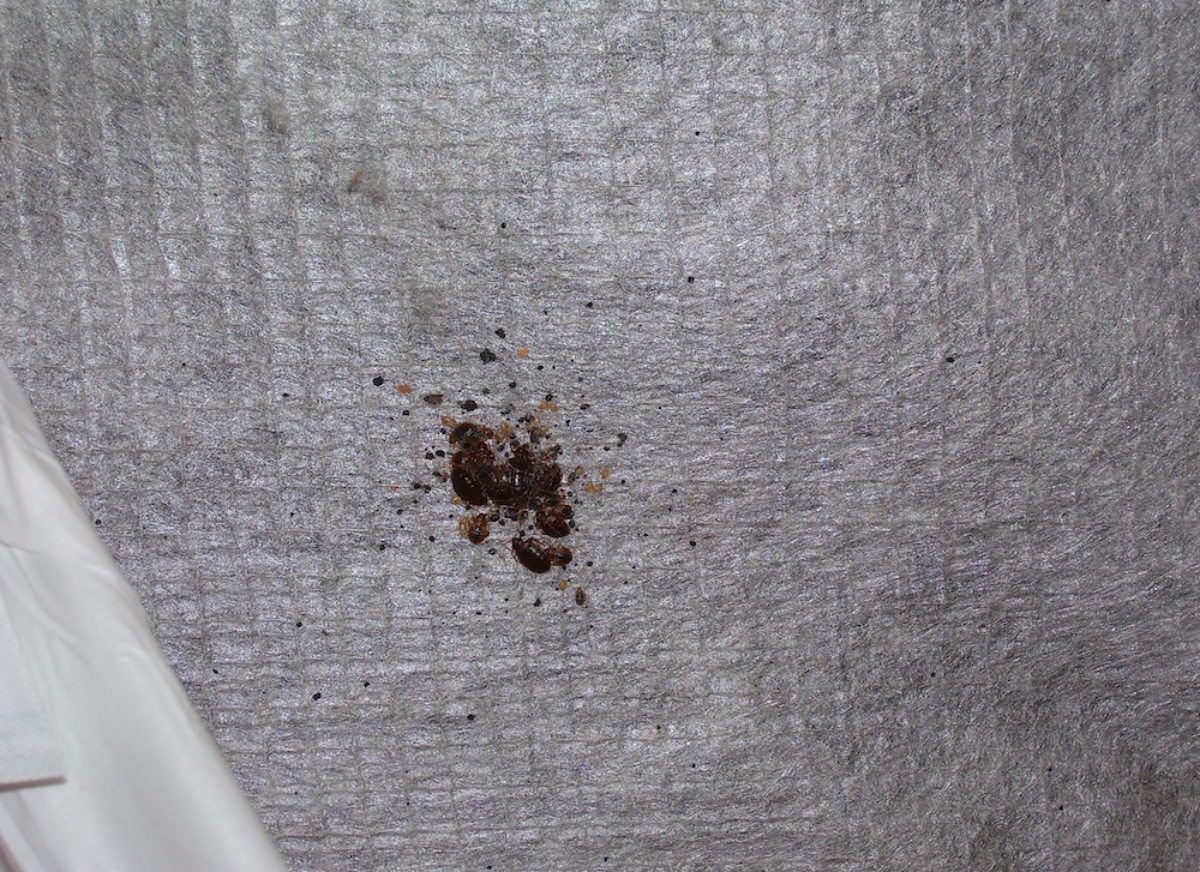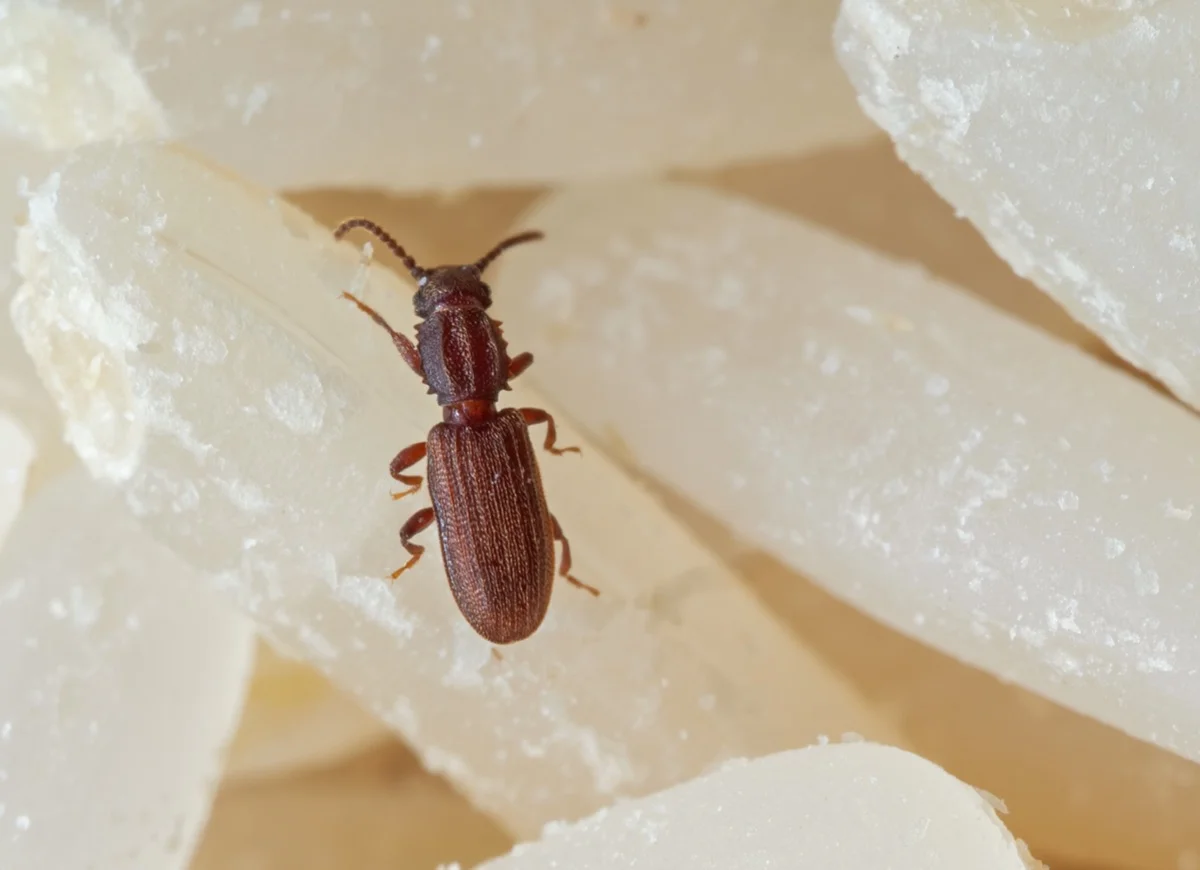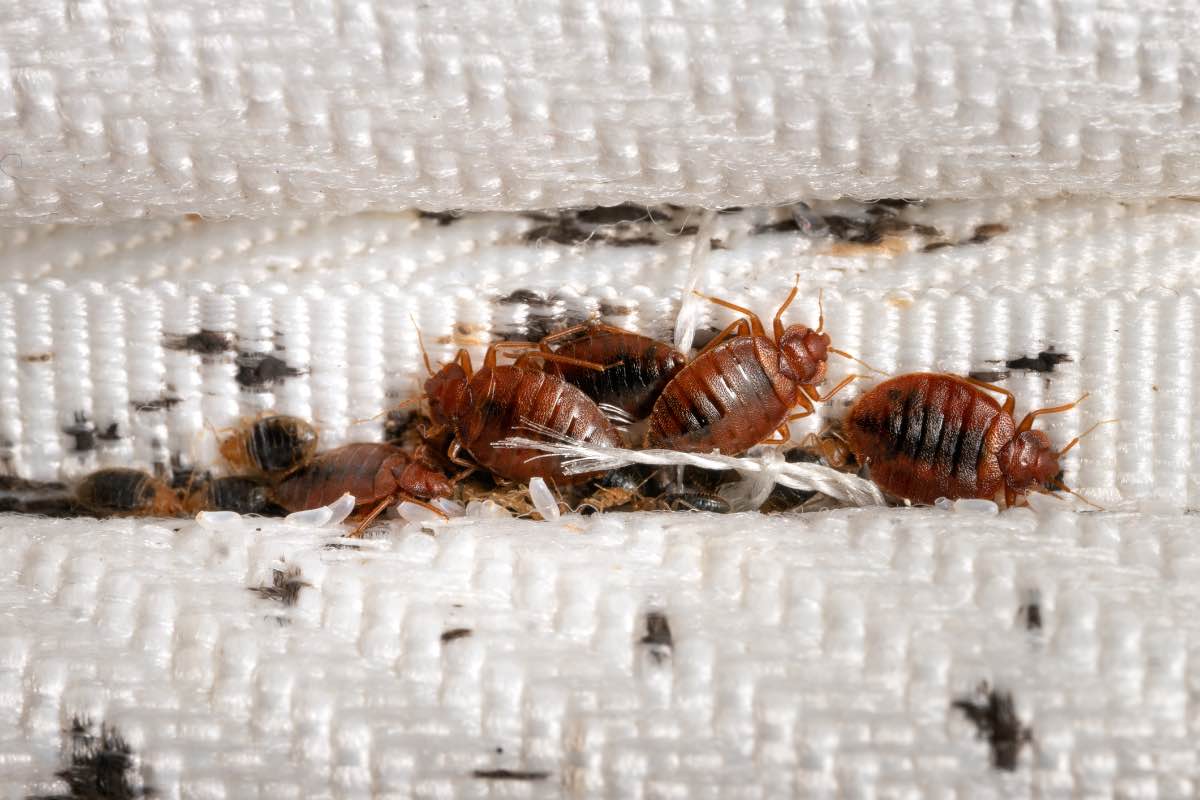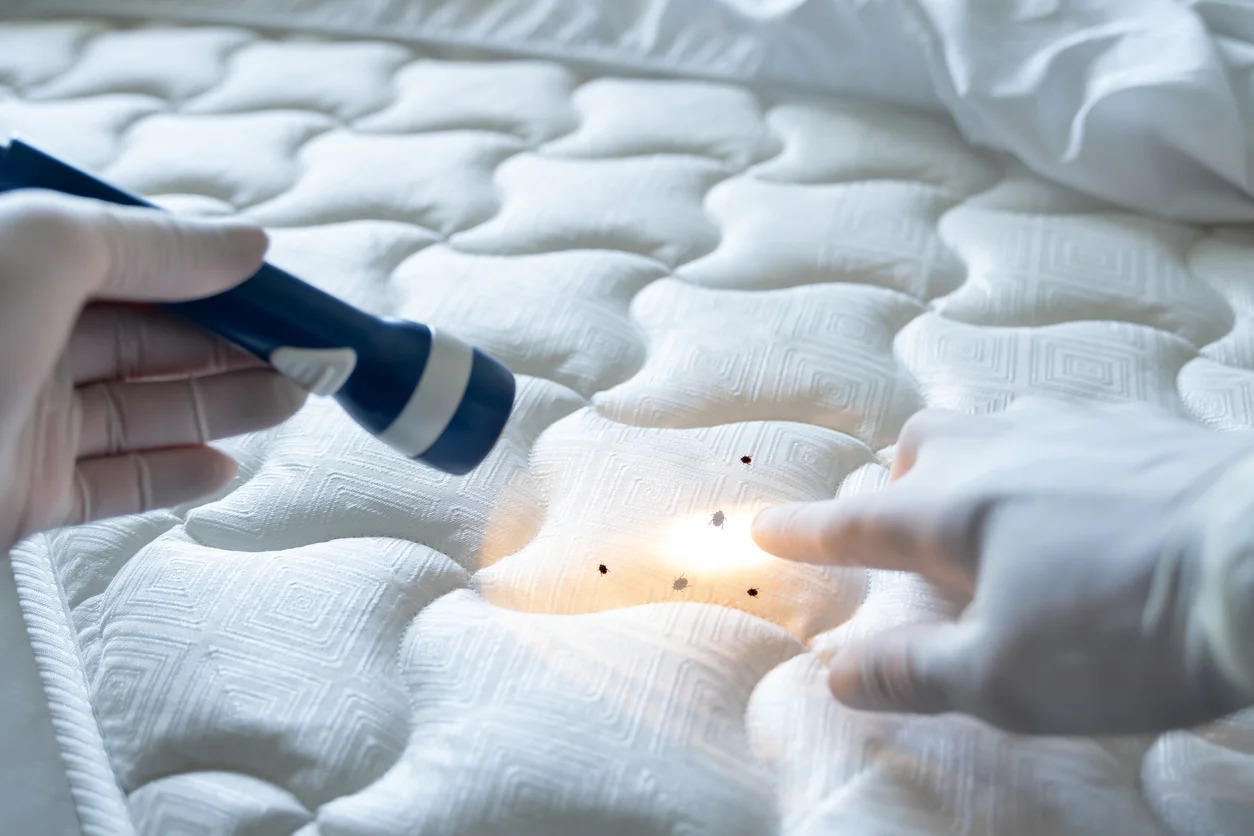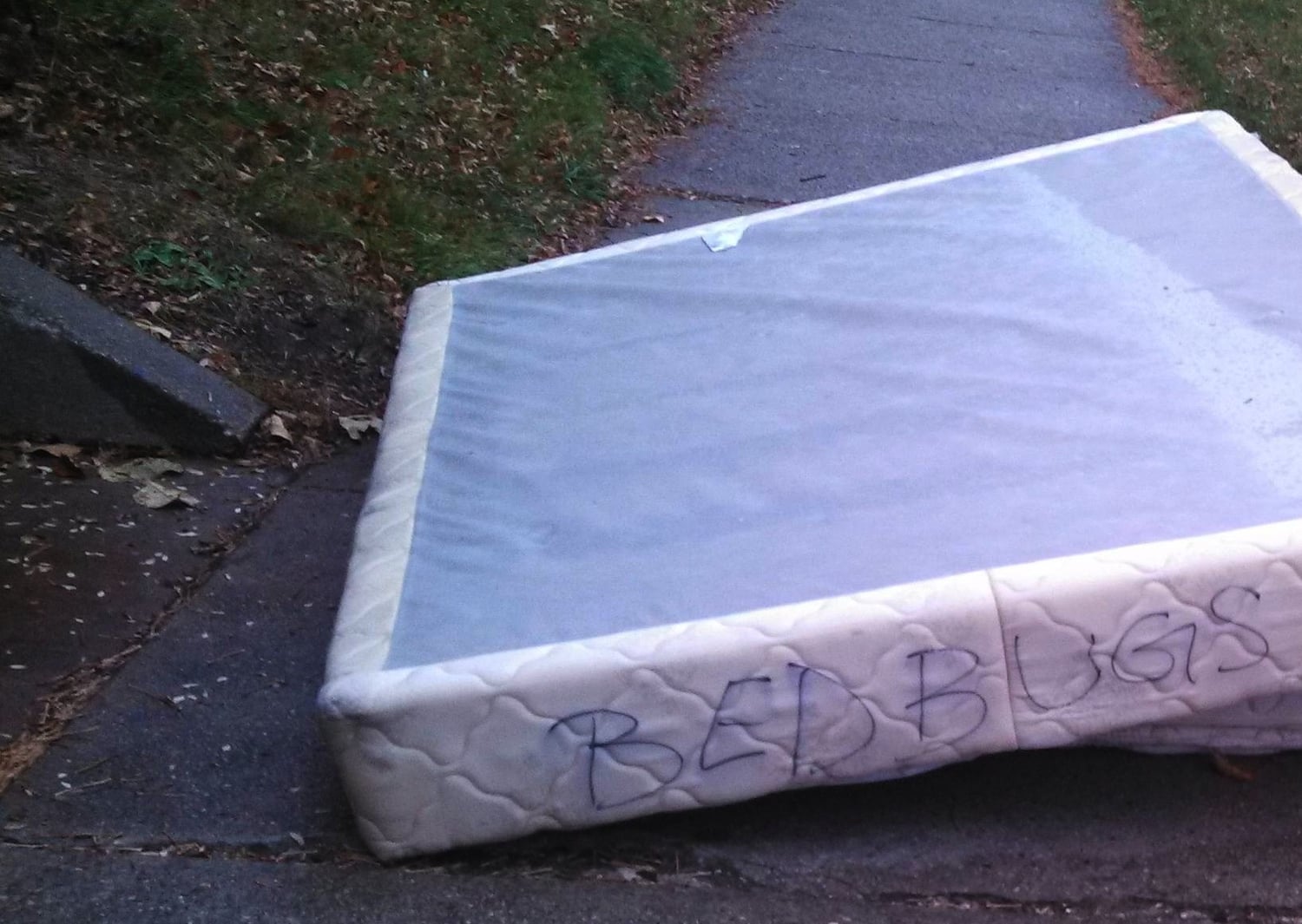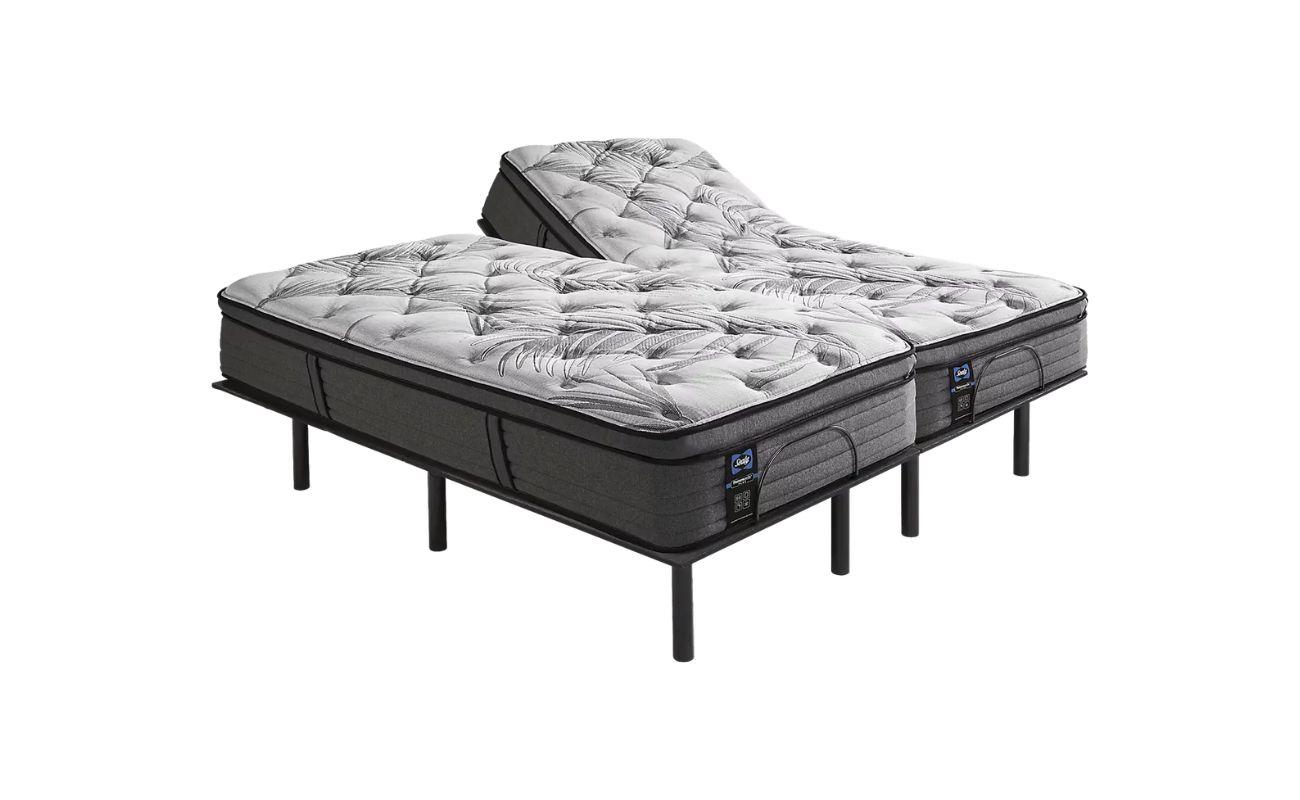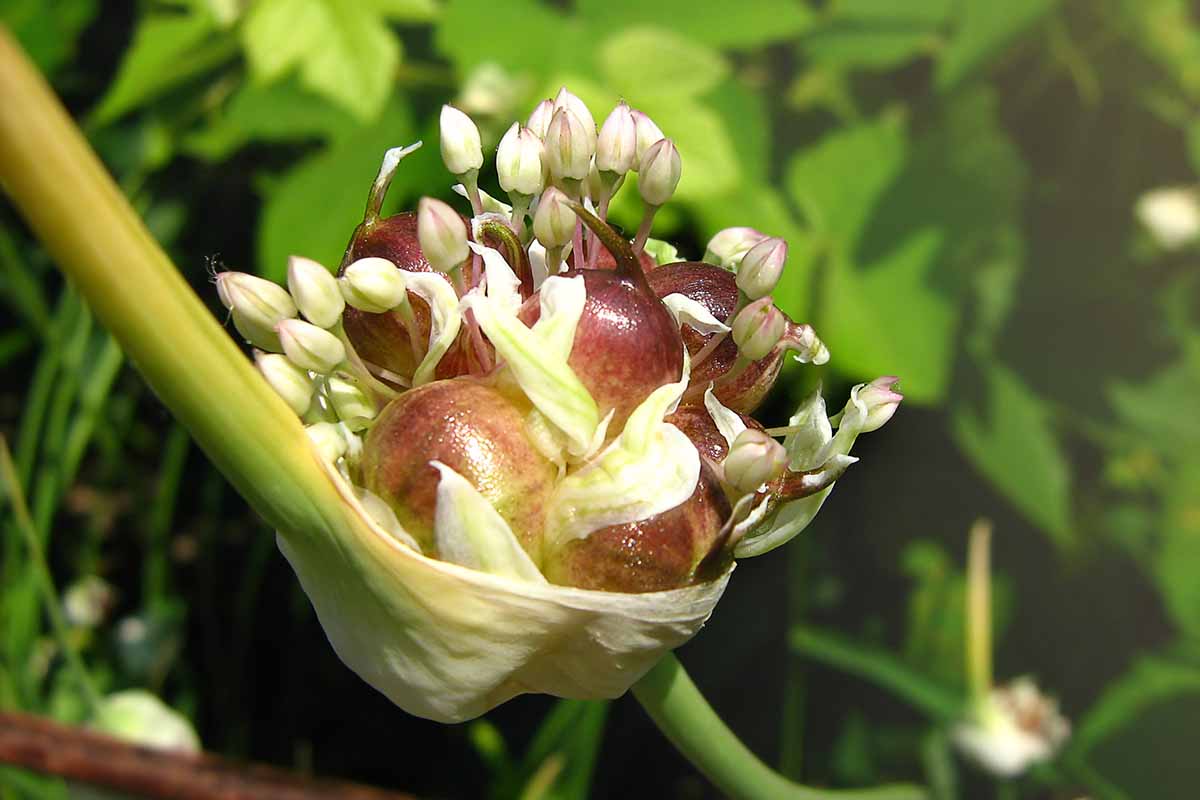Home>Furniture>Bedroom Furniture>What Do Bed Bugs On A Mattress Look Like
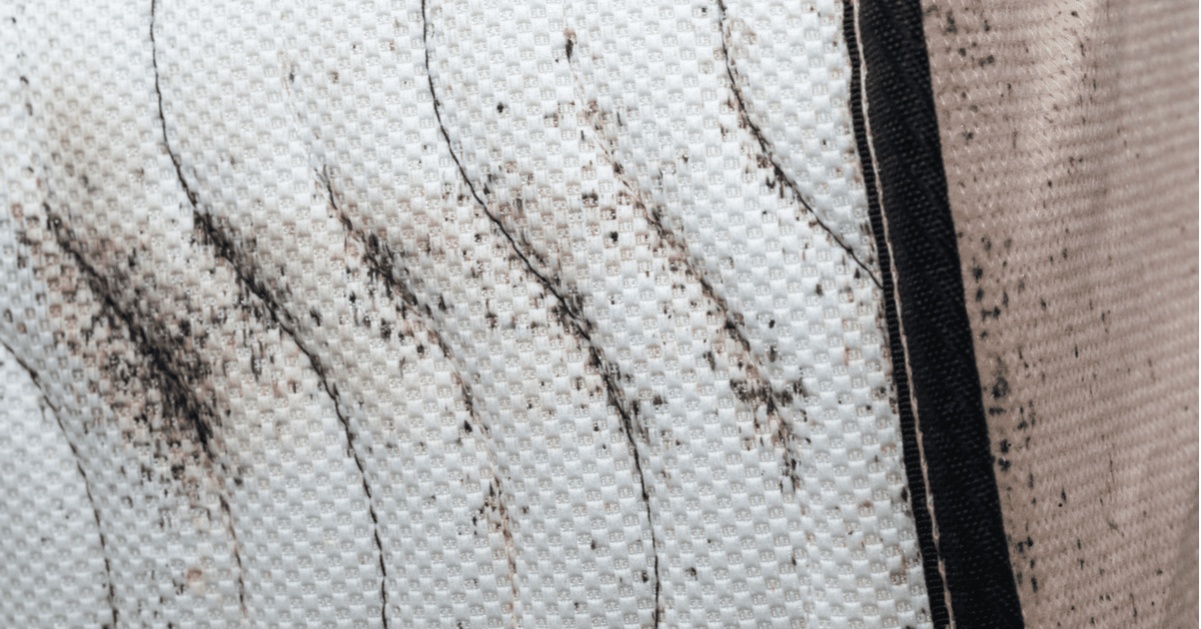

Bedroom Furniture
What Do Bed Bugs On A Mattress Look Like
Modified: February 25, 2024
Discover what bed bugs on a mattress look like and how to identify them. Keep your bedroom furniture safe from these pests with our expert tips and advice.
(Many of the links in this article redirect to a specific reviewed product. Your purchase of these products through affiliate links helps to generate commission for Storables.com, at no extra cost. Learn more)
Introduction
Bed bugs are small, wingless insects that are infamous for their ability to infest mattresses and other furniture, causing great discomfort to those unfortunate enough to encounter them. These nocturnal pests feed on human blood and can leave behind itchy red welts on the skin. To effectively deal with a bed bug infestation, it is crucial to be able to identify their presence.
In this article, we will delve into the world of bed bugs on a mattress, exploring their appearance, size, and signs of infestation. By understanding what bed bugs look like on a mattress, you can take the necessary steps to eradicate these unwanted guests and ensure a peaceful night’s sleep.
Key Takeaways:
- Identifying bed bugs on a mattress is crucial for effective eradication. Look for reddish-brown, apple seed-sized adults, translucent nymphs, and pearly white, sticky eggs in common hiding spots.
- Signs of bed bugs on a mattress include visible bugs, dark stains, bloodstains, musty odor, discarded exoskeletons, and bite marks. Prompt action and professional pest control are essential for effective elimination.
Read more: What Do Bed Bugs Look Like In A Mattress
Identifying Bed Bugs
Identifying bed bugs can be challenging as they are small and adept at hiding in crevices and cracks. However, there are certain characteristics that can help you distinguish them from other insects. One key feature of bed bugs is their reddish-brown coloration, resembling that of an apple seed. They have flat, oval-shaped bodies and are approximately the size of an apple seed as well, ranging from 4 to 5 millimeters in length.
Another distinguishing feature of bed bugs is their antenna, which consists of four segments. They also have six legs, enabling them to easily navigate across various surfaces in search of a blood meal. Unlike other insects like fleas or ticks, bed bugs do not have wings and are not capable of flight.
While it is possible to spot the adult bed bugs, it is also important to be aware of their younger counterparts. Bed bug nymphs, which are the immature stage of bed bugs, are smaller in size and lighter in color. Nymphs can range from translucent white to a pale yellow color before feeding. As they molt and grow, their color deepens to a reddish-brown.
A crucial aspect of identifying bed bugs is their behavior. These pests are primarily nocturnal and prefer to feed on human blood during the night. They are attracted to body heat and carbon dioxide, which means they are often found in areas where people sleep or rest for long periods, such as mattresses, box springs, and bed frames.
By having a better understanding of the physical appearance and behavior of bed bugs, you will be better equipped to identify and address any infestations that may occur in your home.
Bed Bug Eggs
Bed bug eggs are an integral part of the life cycle of these pests. Female bed bugs can lay hundreds of eggs over their lifetime, making it essential to identify and eliminate them to prevent a full-blown infestation.
Bed bug eggs are tiny, ranging in size from approximately 1 to 1.5 millimeters. They are pearly white in color and have an elongated shape, resembling tiny grains of rice. These eggs are often laid in clusters or batches and can be found in the crevices and cracks of furniture, mattresses, and even in the seams of fabric.
One unique characteristic of bed bug eggs is their sticky texture. Female bed bugs produce a sticky substance while laying their eggs, effectively attaching them to the surface where they are deposited. This adhesive coating allows the eggs to stay in place and ensures they are not easily dislodged or removed.
Bed bug eggs typically hatch within one to two weeks, depending on environmental conditions such as temperature and humidity. The newly hatched nymphs then go through several molting stages before reaching adulthood.
Identifying bed bug eggs can be challenging due to their small size and adhesive nature. However, thorough inspections of potential hiding spots such as mattress seams, headboard crevices, and cracks in furniture can help uncover any eggs that may be present.
If you suspect a bed bug infestation, it is crucial to take immediate action and consult with a professional pest control specialist to effectively eliminate the eggs and prevent further spread.
Size and Color of Bed Bugs
Understanding the size and color of bed bugs is essential for effective identification. Adult bed bugs are typically small in size, measuring around 4 to 5 millimeters in length. Their bodies are flat, oval-shaped, and slightly broader towards the head. Since bed bugs have a flattened appearance, they can easily hide in crevices and cracks, making them adept at evading detection.
When it comes to the color of bed bugs, they undergo changes throughout their life cycle. Adult bed bugs are commonly described as reddish-brown in color. This coloration allows them to blend in with various surfaces, making it easier for them to go unnoticed.
However, it’s important to note that bed bugs can appear darker or lighter depending on factors such as their feeding status and age. After feeding on human blood, their bodies swell and may take on a darker, more vibrant hue. In contrast, newly hatched nymphs and unfed bed bugs have a lighter color, ranging from almost translucent white to a light tan or yellow.
It’s worth mentioning that bed bugs can change color after molting. They go through several nymph stages, shedding their exoskeletons each time. As the nymphs mature, their color deepens to the reddish-brown shade typically associated with adult bed bugs.
It’s important to note that bed bugs’ size and color can vary slightly depending on factors like their feeding habits, age, and environmental conditions. However, the adult reddish-brown coloration and their characteristic flat, oval-shaped bodies are key identifiers when it comes to spotting these pests.
By familiarizing yourself with the typical size and color of bed bugs, you’ll be better equipped to identify them and take appropriate action to address an infestation promptly.
Inspect your mattress regularly for signs of bed bugs, including small reddish-brown bugs, dark spots (fecal matter), and tiny white eggs. If you suspect an infestation, contact a professional for treatment.
Signs of Bed Bugs on a Mattress
Bed bugs are notorious for their ability to hide in various hiding spots, with mattresses being one of their preferred habitats. If you suspect the presence of bed bugs, it’s essential to look for specific signs on and around your mattress to confirm their infestation. Here are some key signs to watch out for:
- Visible Bed Bugs: While they are skilled at hiding, it is possible to spot adult bed bugs with the naked eye. Inspect the seams, folds, and tufts of your mattress for any signs of crawling insects, particularly during the night when they are most active.
- Dark Stains or Spots: Bed bug excrement, commonly known as fecal spots, appears as small dark stains on your mattress or bedding. These dark spots are often left behind after feeding and can resemble ink stains or small specks.
- Blood Stains: If you wake up to discover small bloodstains on your sheets or mattress, it could indicate that you have been bitten by bed bugs during the night. Bed bugs feed on human blood, and the small puncture wounds they create can sometimes result in bloodstains.
- Musty Odor: Bed bugs release chemicals that have a distinct musty odor. If you notice an unusual smell, particularly near your mattress or headboard, it could be a sign of a bed bug infestation.
- Eggshells and Moltings: As bed bugs go through their life cycle, they shed their exoskeletons (molts) and leave behind empty eggshells. These can often be found near their hiding spots on or around the mattress.
- Bite Marks: Bed bug bites can cause itchy, red welts on the skin, which may appear in a linear pattern or clustered together. If you wake up with unexplained bite marks on your body, particularly in areas exposed while sleeping, it could be a sign of bed bugs.
It’s important to note that not all signs may be present, and different people may exhibit varying reactions to bed bug bites. If you suspect a bed bug infestation based on any of these signs, it is crucial to take immediate action to prevent the problem from worsening.
Consulting with a professional pest control expert is often the most effective way to address a bed bug infestation and ensure thorough eradication.
Read more: What Do Bed Bugs Look Like On A Mattress
What Do Bed Bugs Look Like on a Mattress?
When bed bugs infest a mattress, they can be challenging to spot due to their small size and nighttime activity. However, with a careful inspection, you can identify if your mattress is hosting these unwelcome visitors. Here’s what bed bugs may look like on a mattress:
- Adult Bed Bugs: Adult bed bugs are approximately the size of an apple seed, measuring around 4 to 5 millimeters in length. They have flat, oval-shaped bodies and are reddish-brown in color. When unfed, their bodies appear flat, but after feeding on human blood, they become engorged and swell, taking on a more elongated and slightly darker appearance.
- Nymphs: Bed bug nymphs are the juvenile stage of bed bugs and are smaller than the adults. They range in size from translucent white to light tan or yellow. As nymphs molt and grow, they shed their skin (exoskeleton) and leave behind empty exoskeletons near the mattress.
- Eggs: Bed bug eggs are tiny and pearly white, about 1 to 1.5 millimeters in size. They have an elongated shape and are often laid in clusters or batches. Bed bug eggs are usually attached to the surface they are deposited on through a sticky substance produced by the female bed bug.
When examining your mattress for signs of bed bugs, focus on the seams, folds, and tufts, as these are common hiding spots. Look for dark stains or spots, which are bed bug excrement, as well as bloodstains from their feeding activities. You may also notice a musty odor near the infested area, which is a result of the chemicals bed bugs release.
It’s important to keep in mind that bed bugs are excellent at hiding, and they may squeeze into even the tiniest crevices. While inspecting your mattress, also check the surrounding areas, such as the bed frame, headboard, and nearby furniture.
If you spot any signs of bed bugs on your mattress, it’s crucial to take immediate action to prevent the infestation from spreading. Contact a professional pest control expert who can assess the situation, provide effective treatment options, and offer guidance on preventing future infestations.
Conclusion
Dealing with bed bugs on a mattress can be a distressing and frustrating experience. However, by understanding what bed bugs look like on a mattress, you can take the necessary steps to identify and address an infestation promptly.
Bed bugs are small, reddish-brown insects with flat, oval-shaped bodies. They can vary in size, with adults measuring around 4 to 5 millimeters in length. Bed bug nymphs are smaller and lighter in color, while the eggs are tiny, pearly white, and attached to surfaces by a sticky substance.
Signs of bed bug presence on a mattress may include visible bed bugs, dark stains or spots (fecal matter), blood stains, a musty odor, discarded exoskeletons, and bite marks on your body. If you come across any of these signs, it is crucial to take immediate action to prevent the infestation from spreading further.
Consulting with a professional pest control specialist is highly recommended for effective bed bug elimination. They have the expertise, tools, and treatments necessary to eradicate bed bugs from your mattress and surrounding areas. A pest control expert can also provide advice on preventive measures to minimize the chances of future infestations.
Remember, early detection and prompt action are key to resolving a bed bug problem. Regularly inspecting your mattress and practicing good hygiene can help prevent and identify bed bug infestations at an early stage.
By being informed about the appearance, signs, and behavior of bed bugs, you can take control of your sleeping environment and ensure a peaceful, bed bug-free night’s sleep.
Frequently Asked Questions about What Do Bed Bugs On A Mattress Look Like
Was this page helpful?
At Storables.com, we guarantee accurate and reliable information. Our content, validated by Expert Board Contributors, is crafted following stringent Editorial Policies. We're committed to providing you with well-researched, expert-backed insights for all your informational needs.
